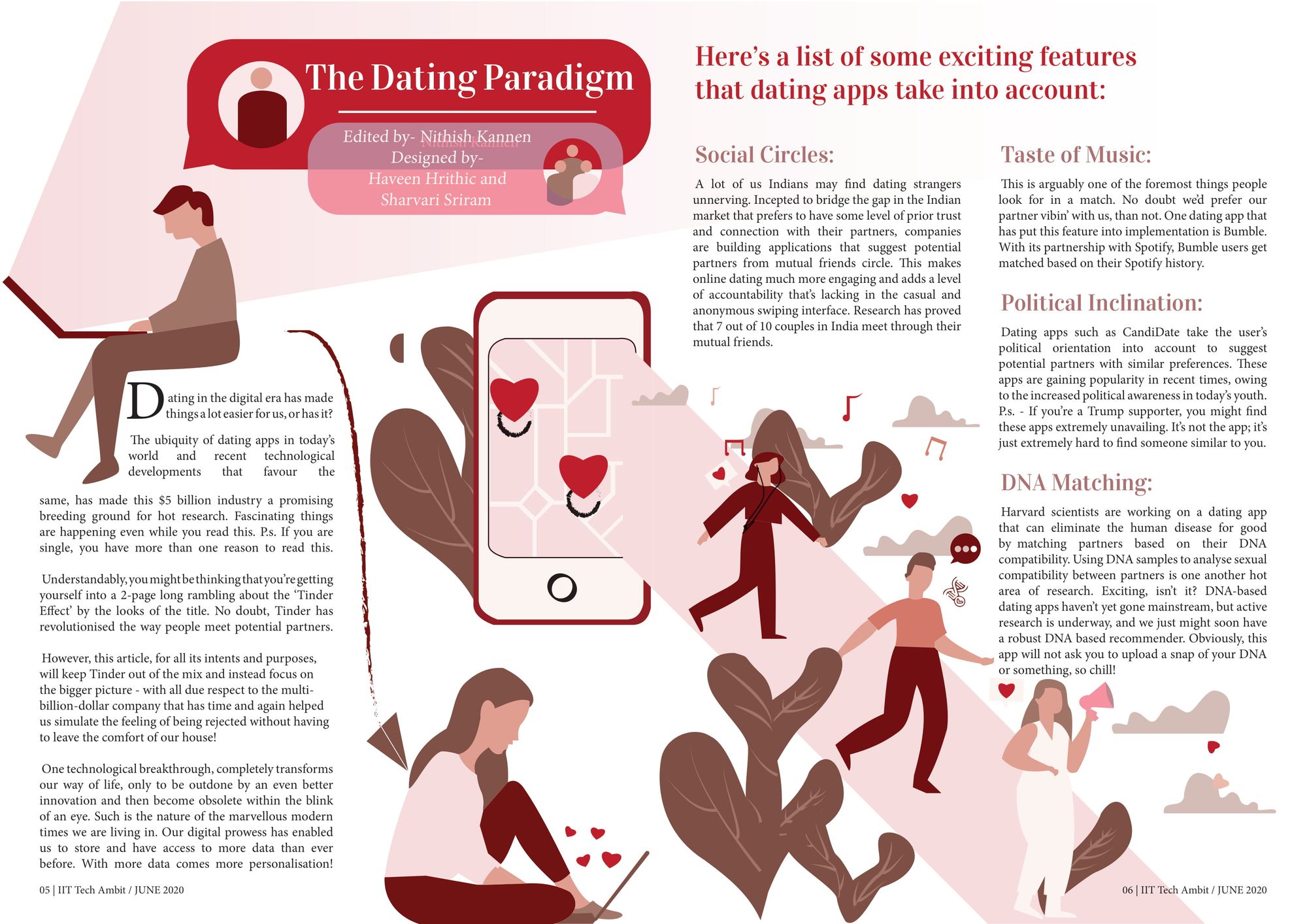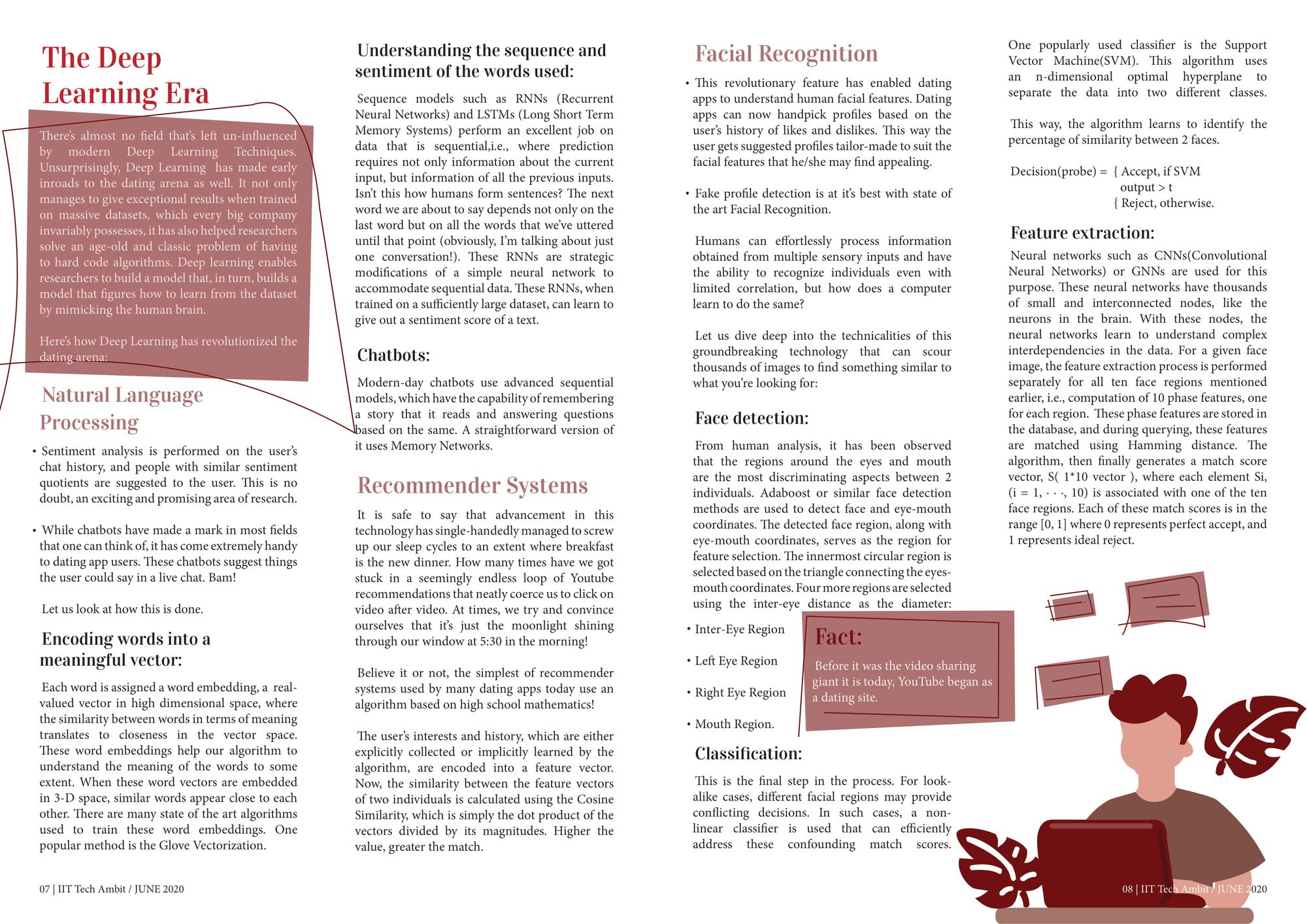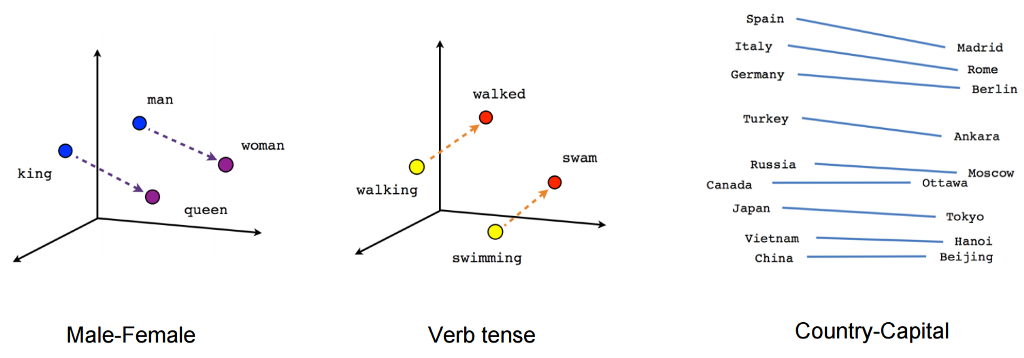Dating in the digital era has made things a lot easier for us, or has it?
The ubiquity of dating apps in today's world and the recent technological developments that favor the same, has made this $5 billion industry a promising breeding ground for hot research. Fascinating things are happening even while you read this; P.S. If you are single, you have more than one reason to read this.
Understandably, you'd be expecting a 2-page long rambling on 'Tinder Effect' by the looks of the title. No doubt, Tinder has revolutionized the way their consumers meet potential partners; however, this article, for all its intents and purposes, will keep Tinder out of the mix and instead focus on the bigger picture - with all due respect to the multi-billion-dollar company that has time and again helped us simulate the feeling of being rejected without having to leave the comfort of our house!

One technological breakthrough, completely transforms our way of life, only to be outdone by an even better innovation and then become obsolete within the blink of an eye. Such is the nature of the marvelous modern times we live in. Our digital prowess has enabled us to store and have access to more data than ever before. With more data comes more personalization!

Here’s a list of some exciting features that dating apps take into account:
Taste of music: Arguably, one of the foremost things people look for in a match. No doubt we’d prefer our partner vibin’ with us, than not. One dating app that has put this feature into implementation is Bumble. With its partnership with Spotify, Bumble users get matched based on their Spotify history.
Political Inclination: Dating apps such as candiDate and Bumble take the user’s political orientation into account to suggest potential partners with similar preferences. These apps are gaining popularity in recent times: thanks to the increased political awareness among today’s youth.
Social Circles: A lot of us Indians may find dating strangers unnerving. Incepted to bridge the gap in the Indian market that prefers to have some level of prior trust and connection with their partners, companies are building applications that suggest potential partners from mutual friends circle. This makes online dating much more engaging and adds a level of accountability that’s lacking in the casual and anonymous swiping interface. Research has proved that 7 out of 10 couples in India meet through their mutual friends.

DNA Matching: Harvard scientists are working on a dating app that can eliminate the human disease for good by matching partners based on their DNA compatibility. The gene-matching researchers propose that certain genes connected to your immune system, known as the Major Histocompatibility complex (MHC), govern who you're attracted to. Using DNA samples to analyse sexual compatibility between partners is one another hot area of research. Exciting, isn’t it? DNA-based dating apps haven’t yet gone mainstream, but active research is underway, and we just might soon have a robust DNA based recommender; obviously, this app will not ask you to upload a snap of your DNA or something, so chill!
The Deep Learning Era
There's almost no field that's left un-influenced by modern Deep Learning Techniques. Unsurprisingly, Deep Learning has made early inroads to the dating arena as well. Not only does it manage to give exceptional results when trained on massive datasets - which big companies invariably possess in their bag of armory, it has also helped researchers solve an age-old and classic problem of having to hard code algorithms (looking at you CP addicts!): enabling researchers to build a model that, in turn, builds a model that figures how to learn from the dataset by mimicking the human brain.
Here's how Deep Learning has revolutionized the dating arena:
Facial Recognition
- This revolutionary feature has enabled dating apps to understand human facial features. Dating apps can now handpick profiles based on the user’s history of likes and dislikes - this way the user gets suggested profiles tailor-made to suit the facial features that he/she may find appealing. Yes, you heard (actually read) it right; this feature helps you find your 'type'.
- Fake profile detection is at it’s best with state of the art Facial Recognition.
Humans can effortlessly process information obtained from multiple sensory inputs and have the ability to recognize individuals even with limited correlation, but how does a computer learn to do the same?
Let us dive deep into the technicalities of this groundbreaking technology that can scour thousands of images to find something similar to what you’re looking for.
1. Face detection: From human analysis, it has been observed that the regions around the eyes and mouth are the most discriminating aspects between 2 individuals. Adaboost or similar face detection methods are used to detect face and eye-mouth coordinates. The detected face region, along with eye-mouth coordinates, serves as the region for feature selection. The innermost circular region is selected based on the triangle connecting the eyes-mouth coordinates. Four more regions are selected using the inter-eye distance as the diameter: (1) inter-eye region, (2) left eye region, (3) right eye region, and (4) mouth region.
2. Feature extraction: Neural networks such as CNNs (Convolutional Neural Networks) or GNNs are used for this purpose. These neural networks have thousands of small and interconnected nodes, like the neurons in the brain. With these nodes, the neural networks learn to understand complex interdependencies in the data. For a given face image, the feature extraction process is performed separately for all ten face regions mentioned earlier, i.e., computation of 10 phase features, one for each region. These phase features are stored in the database, and during querying, these features are matched using Hamming distance. The algorithm, then finally generates a match score vector, S( 1*10 vector ), where each element Si, (i = 1, · · ·, 10) is associated with one of the ten face regions. Each of these match scores is in the range [0, 1] where 0 represents perfect accept, and 1 represents ideal reject.
3. Classification: This is the final step in the process. For look-alike cases, different facial regions may provide conflicting decisions. In such cases, a non-linear classifier is used that can efficiently address these confounding match scores. One popularly used classifier is the Support Vector Machine(SVM). This algorithm uses an n-dimensional optimal hyperplane to separate the data into two different classes.
This way, the algorithm learns to identify the percentage of similarity between 2 faces.
Decision(probe) =
{ Accept, if SVM output >t
{ Reject, otherwise
For more details, refer this

Recommender Systems
It is safe to say that advancement in this technology has single-handedly managed to screw up our sleep cycles to an extent where breakfast is the new dinner. How many times have we got stuck in a seemingly endless loop of Youtube recommendations that neatly coerce us to click on video after video; at times, we try and convince ourselves that it’s just the moonlight shining through our window at 5:30 in the morning!
Believe it or not, the simplest of recommender systems used by many successful dating apps today use an algorithm based on high school mathematics!
The user’s interests and history, which are either explicitly collected or implicitly learned by the algorithm, are encoded into a feature vector. Now, the similarity between the feature vectors of two individuals is calculated using the Cosine Similarity, which is simply the dot product of the vectors divided by its magnitudes. Higher the value, greater the match.
Natural Language Processing
- Sentiment analysis is performed on the user’s chat history: people with similar sentiment quotients are suggested to the user. This is no doubt, an exciting and promising area of research.
- While chatbots have made a mark in most fields that one can think of, it has come extremely handy to dating app users. These chatbots suggest things the user could say in a live chat. Bam!
Let us look at how this is done.
1. Encoding words into a meaningful vector: Each word is assigned a word embedding, a real-valued vector in high dimensional space, where the similarity between words in terms of meaning translates to closeness in the vector space. These word embeddings help our algorithm to understand the meaning of the words to some extent. When these word vectors are embedded in 3-D space, similar words appear close to each other. There are many state of the art algorithms used to train these word embeddings. One popular method is the Glove Vectorization.

2. Understanding the sequence and sentiment of the words used: Sequence models such as RNNs ( Recurrent Neural Networks) and LSTMs (Long Short Term Memory Systems) perform an excellent job on data that is sequential,i.e., where prediction requires not only information about the current input, but information of all the previous inputs. Isn’t this how humans form sentences? The next word we are about to say depends not only on the last word but on all the words that we’ve uttered until that point (obviously, I’m talking about just one conversation!). These RNNs are strategic modifications of a simple neural network to accommodate sequential data. These RNNs, when trained on a sufficiently large dataset, can learn to give out a sentiment score of a text.
3. Chatbots: Modern-day chatbots use advanced sequential models, which have the capability of remembering a story that it reads and answering questions based on the same. A straightforward version of it uses Memory Networks.
Read about memory networks here
Social acceptance
While we could go on bragging about our technological progress that has enabled us to find our soulmate with a swipe of the mobile screen, millennials often criticize modern dating, comparing it with the way people shop online for goods-in virtual marketplaces, where they can easily filter out features they do and don’t want. They claim that human-to-human matches are less predictable, and developing algorithms on trends sure does not make any sense. They also criticize the breach of privacy protocols in many dating apps. Critics have their own stories to tell with regards to the failure of AI on so many levels. As there are two sides to a coin, there are two schools of thought on this matter. All we can say with surety is that we live in exciting times.


